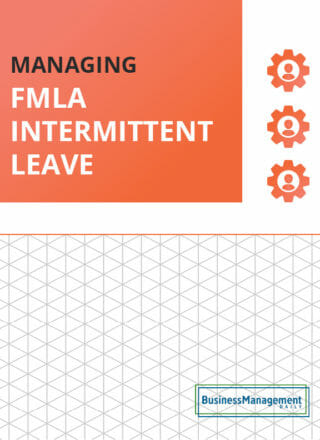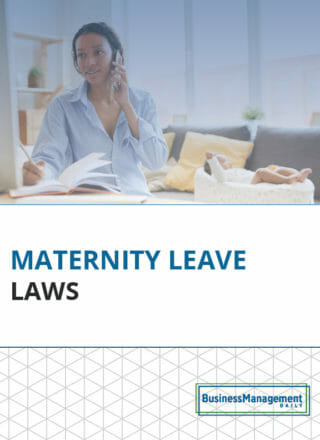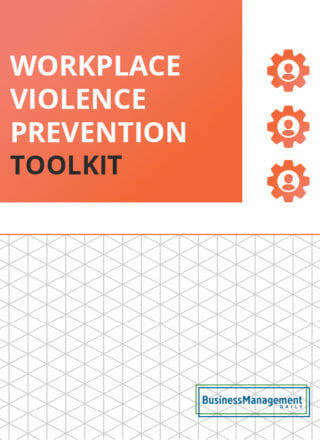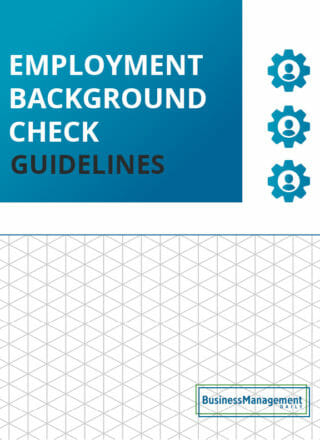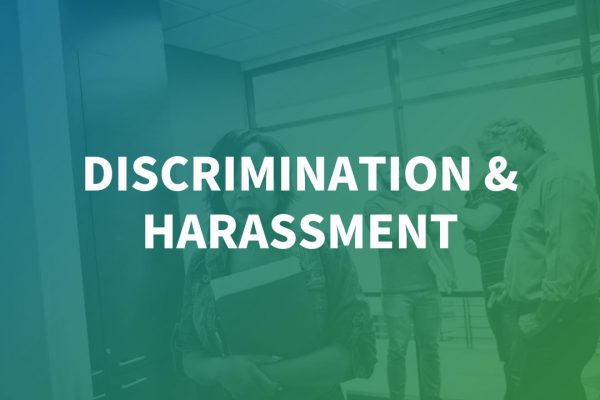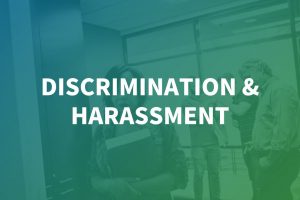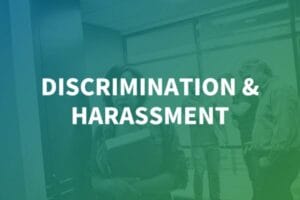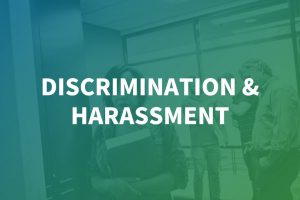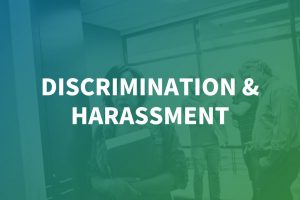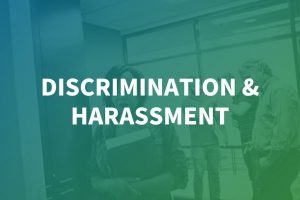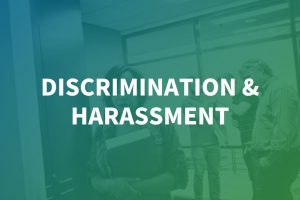Discrimination and Harassment
How do I prevent sexual harassment in the workplace?
Prevention starts at the top of your organizational chart. Without C-suite buy-in, it’s unlikely you can prevent sexual or other harassment. When you design an anti-harassment policy, be sure to brief higher-ups on the details. Explain why an effective prevention plan will save time and money. For example, point out the current cost attributed to investigating sexual harassment complaints and defending EEOC charges. Mention the potential brand harm from a #MeToo social media campaign.
Next, design a robust harassment policy that includes a clear definition of what your organization defines as harassment. The Equal Employment Opportunity Commission (EEOC) has extensive guidance available for employers. The agency recommends a unified harassment approach that covers all forms of harassment, not just sexual harassment, in one policy.
Finally, to be effective, your policy must include immediate action. That is, when you receive a complaint, you must conduct an immediate, independent and thorough investigation. If you find the complaint credible, take immediate action to stop the harassment. Put practices in place that keep it from happening again. That means robust employee training, adding bystander reporting requirements and punishing harassers no matter where in the chain of command they are. Then follow up to make sure no one has retaliated against the employee who reported the harassment in the first place.
What is considered harassment in the workplace?
According to the EEOC, harassment is unwelcome conduct that is based on race, color, religion, sex (including pregnancy), national origin, age over 40, disability or genetic information. These are all categories covered by the main laws the EEOC enforces – Title VII of the Civil Rights Act, the Americans with Disabilities Act, the Age Discrimination in Employment Act and the Genetic Information Non-Discrimination Act.
How do I know when inappropriate behavior is harassment?
Any unwelcome conduct becomes harassment if enduring the offensive conduct becomes a condition of continued employment or the conduct is severe or pervasive enough to create a work environment that a reasonable person would consider intimidating, hostile or abusive. Your policy should define harassment along these lines and provide a way for employees to report harassment through multiple channels. For example, you must allow reports that bypass a supervisor, since he or she may be the source of the harassment.
What are the main sexual harassment laws?
Sexual harassment in the workplace is illegal under the sex discrimination provisions of the Civil Rights Act’s Title VII. Put simply, sexual harassment is sex discrimination. The definition of sexual harassment now includes two major types. The U.S. Supreme Court played a major role in defining sex discrimination to include sexual harassment. The first is quid pro quo harassment. In this type, a supervisor requires sex, sexual favors or sexual conduct from an applicant or employee as a condition of employment. For example, if a supervisor tells a subordinate that she must perform a sexual act in order to keep her job or earn a promotion, this is quid pro quo harassment. The second type of sexual harassment is a sexually hostile work environment. In this type, offensive conduct of a sexual nature becomes a hostile environment if the conduct is severe or pervasive and a reasonable person would consider it intimidating, hostile or abusive. For example, pornography, comments about women’s bodies, constant talk about sexual exploits and the like create a sexually hostile environment. The conduct doesn’t have to be directed at any specific individual, either.
What is workplace discrimination?
Workplace discrimination is an all-inclusive term that includes many forms of discrimination. It includes discrimination outlawed under Title VII of the Civil Rights Act, the Americans with Disabilities Act, the Age Discrimination in Employment Act, the Genetic Information Non-Discrimination Act, the Equal Pay Act, the Family and Medical Leave Act and the Uniformed Services Employment and Reemployment Rights Act. Under federal law, it is illegal for employers to discriminate against applicants or employees because of race, sex, age, national origin, religion, pregnancy, disability, genetics or military service. Many states have similar prohibitions and include additional protected characteristics. There are also cities, towns and municipalities with their own anti-discrimination laws.


